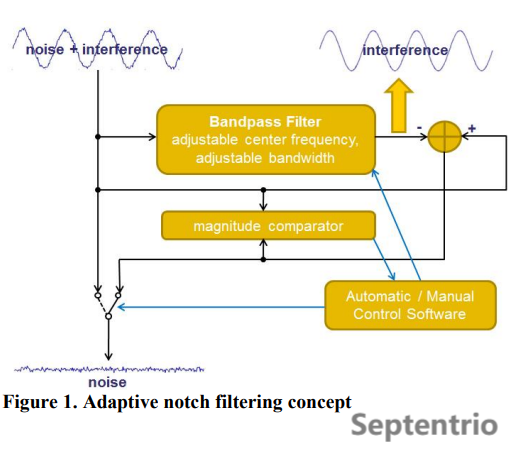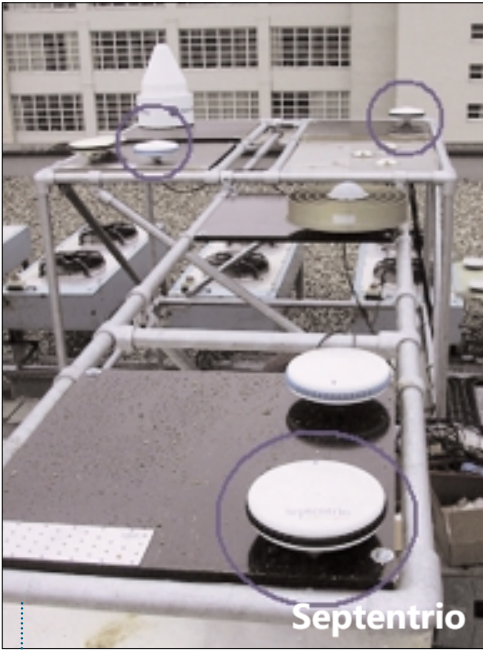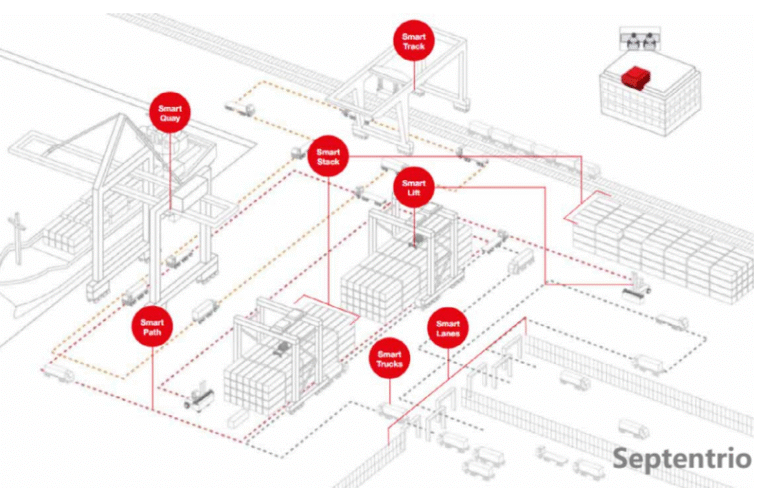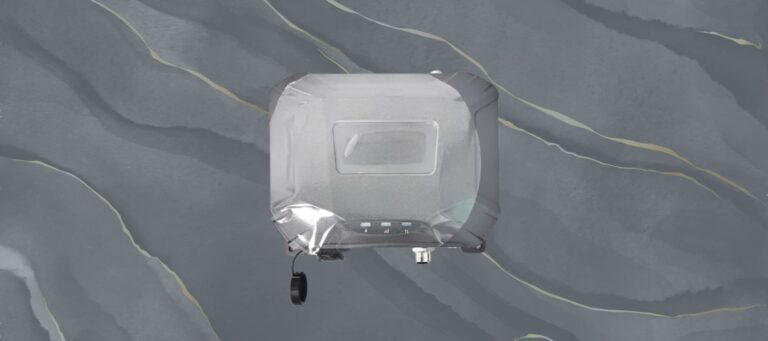Septentrio Resilient GNSS Receivers Redefine High-Precision Positioning in Dynamic Environments

In the field of high-precision positioning and attitude determination in dynamic environments, Septentrio, with its ground-breaking multi-antenna Resilient GNSS receiver technology, has always been at the forefront of the industry. Through the research results of the paper “Attitude Performance Comparison of Multi-Antenna Receivers”, we can gain an in-depth understanding of the core technical advantages of Septentrio receiverproducts. These advantages are not only reflected in the flexibility of hardware design, but also demonstrated in its algorithm innovation and adaptability to complex environments.
The two products, PolaRx2 and PolaRx2HD, which are analyzed emphatically in the paper, are the classic works of Septentrioin the field of attitude determination. As a single-frequency three-antenna Resilient GNSS board, PolaRx2 realizes the attitude solution of heading, pitch and roll axes through single-frequency L1 carrier phase measurement. Its core breakthrough lies in integrating the rigid geometric constraints of the antenna array into the ambiguity validation process. This design enables the single-frequency receiver to achieve the fast ambiguity fixing performance comparable to the dual-frequency system in scenarios where the antenna layout is known – the success rate of the first-time-to-fix time (TTFFA) being less than 30 seconds in static tests is as high as 97.5%, and even in the harsh multipath environment of urban roads, the availability of the fixed attitude solution still reaches 70%. While the dual-frequency dual-antenna Septentrio PolaRx2HD, by virtue of the long wavelength advantage of L1/L2 dual-frequency signals, can achieve 97% single-epoch ambiguity fixing without relying on geometric constraints, and is especially suitable for dynamic carriers (such as the wingtips of aircraft) where the antennas may deform, demonstrating the strong adaptability of Anti Jamming GNSStechnology to complex environments.

The common advantages of the two products lie in their modular hardware architecture and software-defined functions. Through the combination of configurable RF front-ends and universal baseband processing modules, users can flexibly choose the combination mode of single/double-frequency positioning and attitude functions according to their needs. For example, Septentrio PolaRx2supports multi-mode configurations ranging from full opening of 16 channels (single-frequency positioning + single-frequency attitude) to 9-channel optimization (double-frequency positioning + single-frequency attitude). This design not only ensures efficient utilization of resources but also provides customized solutions for different scenarios such as agriculture and aviation.
At the algorithm level, Septentriouses the LAMBDA method developed by Delft University of Technology in the Netherlands for integer ambiguity search. Combined with chi-square tests and geometric constraints verification, it significantly improves the solution efficiency and reliability. Flight test data show that even in the face of baseline changes caused by wing deformation (the distance fluctuation between the main antenna and the wingtip antenna reaches 5 cm), Septentrio PolaRx2can still maintain 96.5% fixed solution availability through rigid constraint optimization, and the roll angle accuracy is better than 0.4° (3-meter baseline), fully verifying the robustness of the algorithm in non-ideal rigid scenarios.
With the development of GNSS technology, Septentriohas iteratively upgraded the core technology in the paper to a new generation of product lines, such as the Septentrio AsteRx seriesand the Septentrio Mosaic-X5series, further expanding the application boundaries:
Septentrio AsteRx-i series: Integrated with dual-frequency multi-constellation support and Anti Jamming GNSStechnology, it can still maintain centimeter-level positioning accuracy in complex electromagnetic environments, and is particularly suitable for unmanned aircraft and autonomous driving scenarios. Its unique IMU deep fusion algorithm can continue high-precision output through inertial navigation during satellite signal interruption.
Septentrio Mosaic-X5: Adopting 7-frequency point reception and patented Anti-Spoofing GNSSalgorithm, through signal feature analysis and multipath suppression, it can effectively resist malicious interference and analog signal attacks, and has become the preferred solution in key infrastructure and national defense fields.
Septentrio PolaRx5 series: As an upgraded version of PolaRx2, it supports full-band signal processing and cloud configuration management. Through AI-driven multipath suppression technology, the availability of attitude determination in urban canyon environments has been increased to more than 90%, redefining the performance standard in dynamic scenes.

The core competitiveness of Septentrio receiverproducts stems from multi-dimensional technological innovations: on the hardware side, functional expansion is achieved through flexible configuration of radio frequency channels; on the algorithm side, breakthroughs in environmental limitations are made by integrating geometric constraints, multi-frequency signals and Anti Jamming GNSStechnologies; on the system level, remote upgrades and customized development are supported through a software-defined architecture. This technological accumulation enables Septentrionot only to maintain its leading position in traditional surveying GPSand agricultural machinery fields, but also to become the cornerstone of highly reliable positioning in emerging scenarios such as autonomous vehicles, unmanned aerial vehicle logistics, and smart ports.
#Septentrio#Anti-#Septentrio #Anti-interference GNSS #Anti-spoofing GNSS #Mosaic #RTK Module #High-precision Module #Positioning Module






